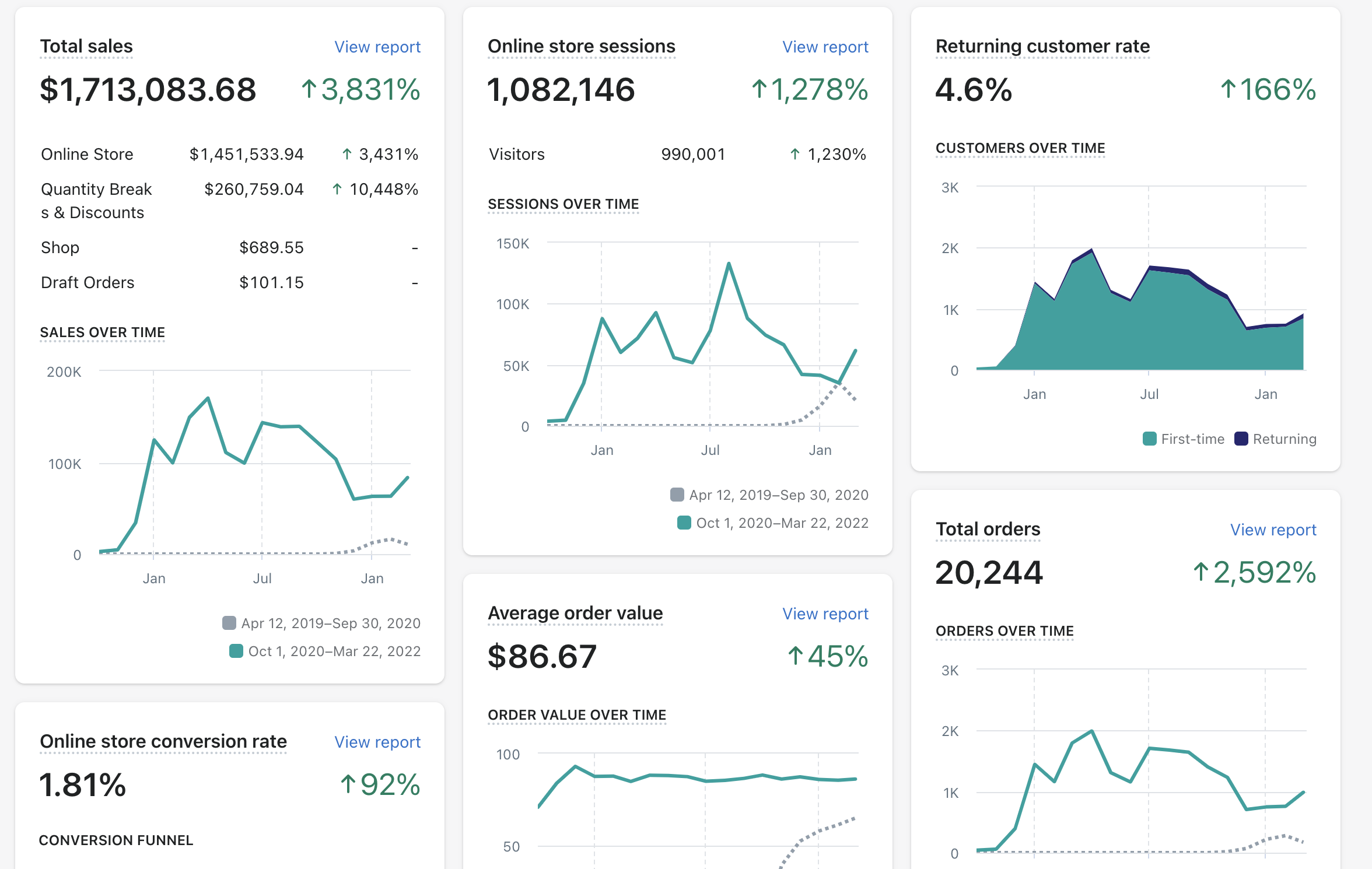Search engine optimization is the practice of optimizing your website so you appear more often on search engine result pages. The goal is to increase your ranking so that you’re the first to pop up when users search for things that are relevant to you.
SEO may appear confusing and intimidating at first, so here’s a guide to help you get started.
Conduct Keyword Research
Keyword research is the very backbone of SEO. It’s the process of identifying which keywords people type into search engines to find things.
To start off your keyword research, try to think like your target customers, and ask yourself these questions:
• What are they looking for?
• What are the words they’ll use to find your products and services?
• How will they search for your website on the internet?
Once you have an idea of how your target market will search for you, then you’ll know what keywords to use.
Another way of finding keywords to use is to look at the ones your competitors are using. To do this, you can use a keyword research tool like Ahrefs. To find out what keywords your competitors are using, simply go to Ahrefs’ Site Explorer and type in the website of your competitor. Go to the top pages panel to see which pages drive the most traffic to their website. You can then see the top keywords used for each page.
The ideal keywords to target have high volume and low competition. This means that the average monthly search volume for the keyword is high and the results of the queries are low.
If your e-commerce website is just starting out, targeting long-tail keywords may be best for you. These keywords are longer and more specific — they’re unpopular keywords with low search volume and high variation. They don’t have high volume, but at least they have low competition.
Make Sure Heading Tags Contain Your Keywords
Your H1 heading is one of the highest priority phrases on your e-commerce website. It tells not only the reader but also search engines what your webpage is about. Therefore, it is only right that you optimize your H1 heading.
Be sure to incorporate your keywords not only into your H1 heading but also into your H2 headings. This will make it easier for your website to rank in search engines.
Avoid Keyword Stuffing
If keywords help your e-commerce website rank better in search engine result pages, then it’s only logical to use them as much as you can, right?
Wrong.
Using your keywords too much is called keyword stuffing. It may sound like a smart thing to do, but it actually hurts your ranking more than it helps. Google and other search engines penalize websites that engage in keyword stuffing.
Aim to use your keywords naturally. Don’t force sentences to accommodate keywords. Your selected keywords should also be relevant to your webpage so your visitors have a good user experience.
Optimize Alt Text And Image File Names
Alternate text is used to describe the appearance or function of an image on a webpage. This helps visually impaired users better understand what the image on your page is.
Alt text is also how search engines understand an image and how it’s related to your content, so make sure that you properly describe your images. You also should insert keywords every now and then in the description to rank better in search engine result pages.
Aside from alt text, it’s also important to optimize the file names of your images. This is often overlooked by a lot of e-commerce websites. Instead of using the default file names — for example, “IMG_1002.jpeg” — make sure you name them in a way that helps search engines understand what’s in the pictures.
Make Your Website Mobile Friendly
A mobile friendly website is designed to be properly displayed on small screens (i.e., phones or tablets). The standard websites that appear on desktops don’t really render well on small screens.
In 2020, more than 4 billion people accessed the internet via mobile devices. That’s over 90% of the global internet population. This is why Google prioritizes websites that are optimized for mobile phones.
Make sure that your e-commerce website prioritizes the mobile-first approach. This will increase your ranking in search engine result pages and open your website to billions of users worldwide.
Optimize The Speed Of Your Website
Webpages that load within two seconds have an average bounce rate of 9%. If a webpage loads for five seconds, its bounce rate increases to 38%. This means that your e-commerce website has to be fully optimized to load as fast as it can.
When search engines see that your webpage has a high bounce rate, they will lower your ranking. When people do not stay on your website, the implication is that it is a low-quality site that isn’t worth ranking highly.
Final Thoughts
SEO is a sustainable and efficient way of driving traffic to your website. It helps you become visible to your target market without needing to pay for ads. It uses keywords as a way to direct users to your webpages and your content. It also involves optimizing other parts of your e-commerce website.
SEO, despite being highly effective, is a long process. You won’t see results overnight, so don’t expect too much at first. But what you can expect is to reap the benefits of SEO for a very long time, through increased and targeted traffic to your site.
Good luck on your SEO journey.
Source: Michael Fox, Feb 14, 2022






